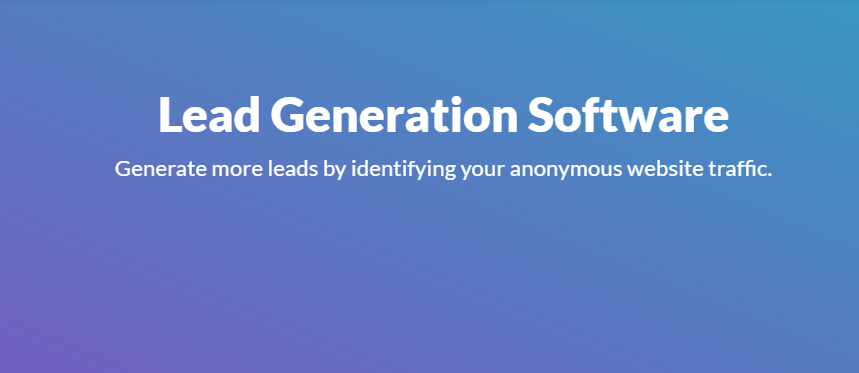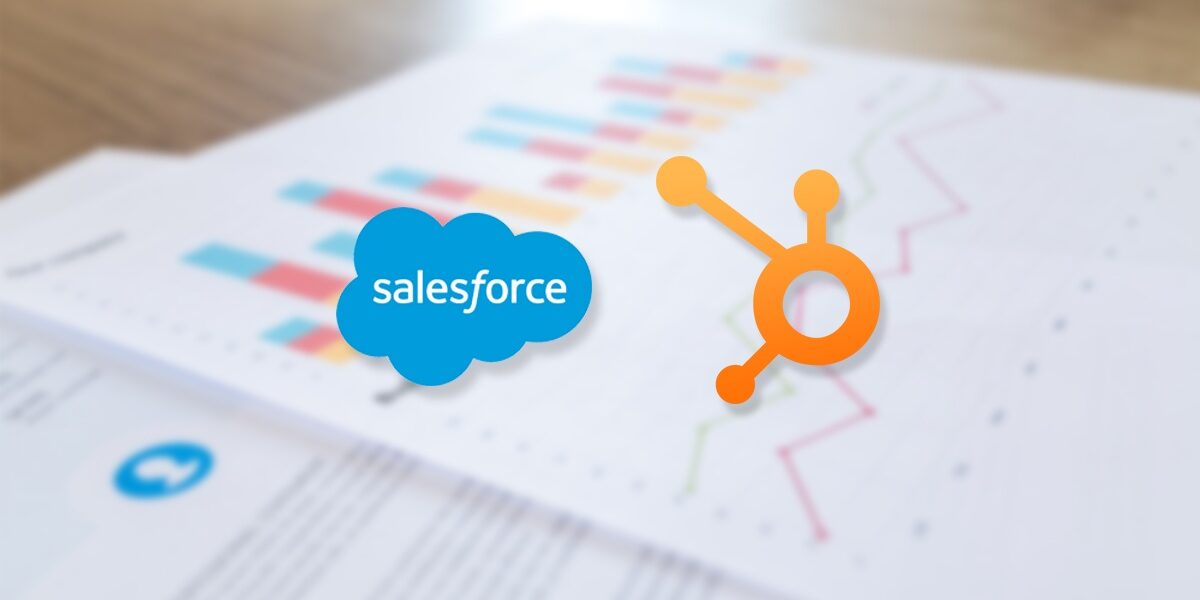It’s time to start thinking differently about sales and marketing. Customers’ preferences are constantly changing, but many companies’ strategies are not.
To be blunt, many traditional sales and marketing techniques no longer work. The average person receives over 2,000 outbound marketing interruptions every day; the majority of which are either blocked or ignored.
Making the switch to inbound marketing and sales allows for qualified leads and customers to come directly to your store, instead of the other way around.
Inbound vs Outbound Sales
The buyer-seller relationship has changed throughout the past decade. Many individuals now associate traditional sales with various elements of deception that result in a general lack of trust.
eCommerce is becoming quicker and more easily accessible from various devices. As a result of this abundance of accessible online information, today’s consumers are more informed than ever before.
In this blog, we’re breaking down inbound and outbound sales so that you can find the right balance for your business.
The Outbound Sales Method
The outbound sales method, also known as traditional sales, revolves around companies finding leads and customers. Outbound techniques typically include:
- Cold calling
- Expensive print advertising
- Email blasts
- Trade shows
- Television ads
Outbound sales can become very costly for companies and less effective as a result of technologies designed to block spam emails and recognize caller ID. Rather than adapting to these changes, many businesses continue to try these same techniques, losing both customers and money as a result.
Instead of getting overwhelmed by the ever-changing customer, we recommend adapting and using these changes to your advantage by implementing inbound sales techniques.
The Inbound Sales Method
The inbound sales method is helpful, human and holistic. Inbound marketing tactics allow you to connect with your customers and earn the attention of the empowered buyer. When used correctly, these techniques bring qualified buyers directly to your company, saving you both time and money.
The basic strategy of inbound sales focuses on improving the overall customer experience that your business provides – yes, that includes both potential and current customers.
To help you gather a greater understanding, we’re breaking down the inbound sales methodology into 4 phases:
- The Identify Phase
- The Connect Phase
- The Explore Phase
- The Advise Phase
1) The Identify Phase
The identify phase is where you’ll separate active buyers from passive buyers.
Active buyers are customers who have already begun their buyer’s journey. They’re looking for a solution to a specific problem and may immediately benefit from the product or service that you offer. From there, you can prioritize them as qualified leads and meet them wherever they are in their buyer’s journey.
Passive buyers are customers who are not currently ready to buy but may be interested in the future. Though marketers typically prioritize active buyers over passive buyers, it is possible to get passive buyers to convert – even though it may take a bit more effort.
Social media is a great tool to use during this phase because it will allow you to gather information about a potential customer that you could not previously access.
2) The Connect Phase
After identifying the right type of buyer, you’re in the connect phase. This stage is a crucial part of the inbound sales strategy because it’s about building a relationship with a potential client.
We recommend beginning this phase with a personalized message that shows you understand the buyer’s context. By revealing your ability to listen and understand a customer’s current problem, they will begin to develop a sense of trust and sincerity among your brand.
3) The Explore Phase
Once you make a connection between your company and the buyer, you can transition into the explore phase. The objective of this step is to gain a more complete understanding of the customer’s needs through an in-depth and attentive conversation with an expert consultation.
By directly communicating and listening to the buyer, you will gain a better understanding of their overall goals and further build on the trust you created in the previous phase.
4) The Advise Phase
After you have identified your buyer and built a relationship with them based on understanding their needs, you can enter into the fourth and final stage. At this point in the inbound strategy, you have the opportunity to deliver a presentation that highlights all of the outstanding elements of your company.
However, in contrast to outbound sales, this should not be a generic sales pitch that could be given to any customer. Instead, this is a presentation that is tailored to the client. Reveal the specific ways your product or service will help them achieve their goals they discussed with you during the explore phase.
Finding the Right Balance for Your Business
Although we’re huge advocates of inbound sales and the major benefits it offers a company, we also recognize that inbound and outbound work together to create a holistic approach.
Finding the right balance between inbound and outbound techniques and the strategies that are currently working in your business’s favor is a critical component of creating a successful eCommerce marketing strategy.
If you’ve received great feedback and a high ROI on a clever television commercial, use that to your advantage by taking it to the inbound level. Taking that inbound step will really help to improve engagement and increase sales.
Don’t know how to take that next step? Add a hashtag to your advertisements to encourage viewers to connect with you on other platforms. As a result, you will be able to utilize existing campaigns while also learning to identify qualified, inbound leads.
Finding a balance between your existing strategy and the inbound methodology will allow your business to seamlessly transition towards this smarter way of selling.
Conclusion
The inbound sales strategy has created a new kind of buyer-seller relationship as one that operates on trust and thrives on communication. By identifying and connecting with active buyers and your targeted audience, you’ll save both time and money while simultaneously developing a lasting relationship.
Take advantage of the way technology has changed by implementing a successful inbound marketing strategy. They key is to create and deliver value to the consumer throughout every single step of the buyer’s journey.
And if you’re evaluating tools to help enable your sales team, we recommend exploring our blog that compares HubSpot and Salesforce.
If you have any questions about inbound vs outbound sales or if you would like to learn more about how Groove can help improve your inbound marketing strategy, contact us through the form below. Our team will be in touch!





